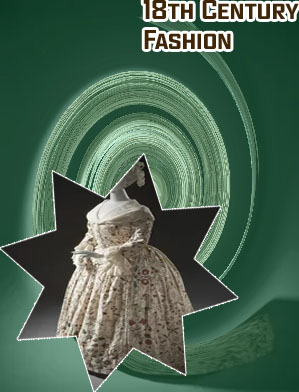18th century female fashion
Sew Historically
Hello,This blog is very amazing!If you want Red Cocktail Dress for the party then you should visit website. 18th century female clothing Very interesting! Do you have any particular reason for deriving ‘stays’ from the French rather than the old-fashioned English ‘stay’ (as in ‘stay me with flagons and comfort me with apples’)?
18th century ladies fashion
* Originally published in August 2017. Updated in 2022. ReferencesEdit Drawing on her own experience, Jenny advised us to adopt a four stage process when examining dress in portraiture. This is shaped around what she termed ‘the four elements of dress’:

Free Language Lessons
Saxon women wore a long linen garment with a long tunic over it. They also wore mantles. Both men and women used combs made of bone or antler. Viking women spun and wove cloth at home and made the family’s clothes. Women wore a dress-like garment called a shift made of linen or wool. Over it, they wore a dress open at the sides, held with shoulder straps. In cold weather, they wore cloaks or shawls. Clothing was held in place by brooches. Viking women often had their hair plaited or held under a headscarf. Madeira Mondays: Why 18th century pockets were pretty great Click on the link below for my tutorial on how to make your own 18th century bumroll.
18th century female dress
The mantua came from Tynninghame, near Dunbar, which became the principal country residence of the 1st Earl of Haddington in 1628 and remained so until the 1980s. Through marriage in the 18th century, the Earls of Haddington became connected to Mellerstain house, where the current Earl of Haddington lives. The National Museum of Scotland has around 162 items previously owned by the Earls of Haddington in the fashion and textile collection, dating from around 1720-1900. A brief history of CC41-The Utility Clothing Scheme Lady in hoop skirt, rococo era, c. 1780. Hand colored wood engraving, published c. 1880.Getty

